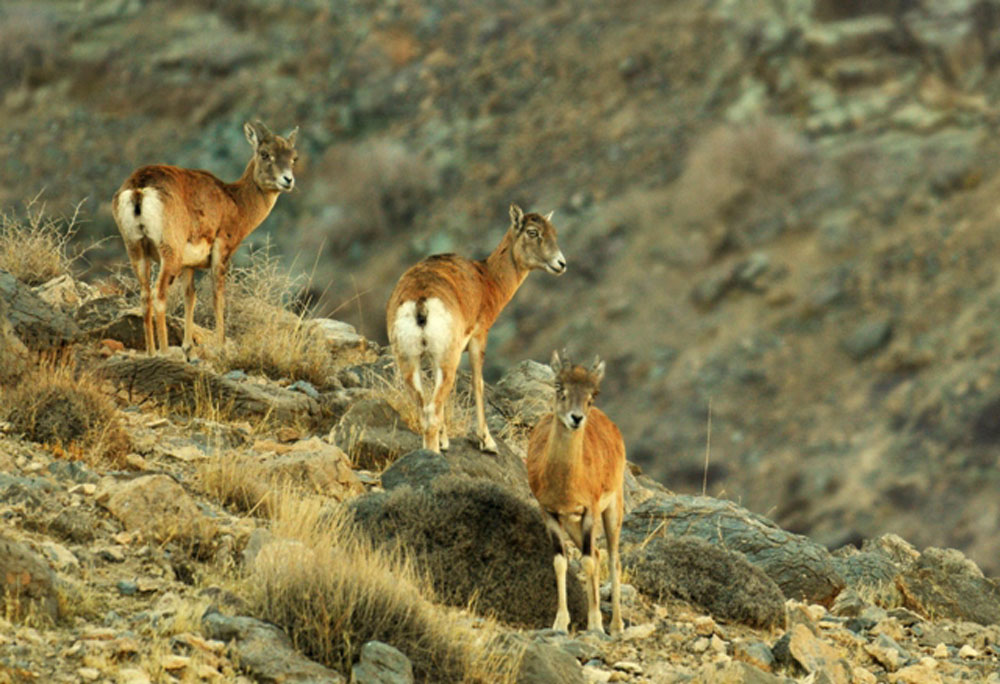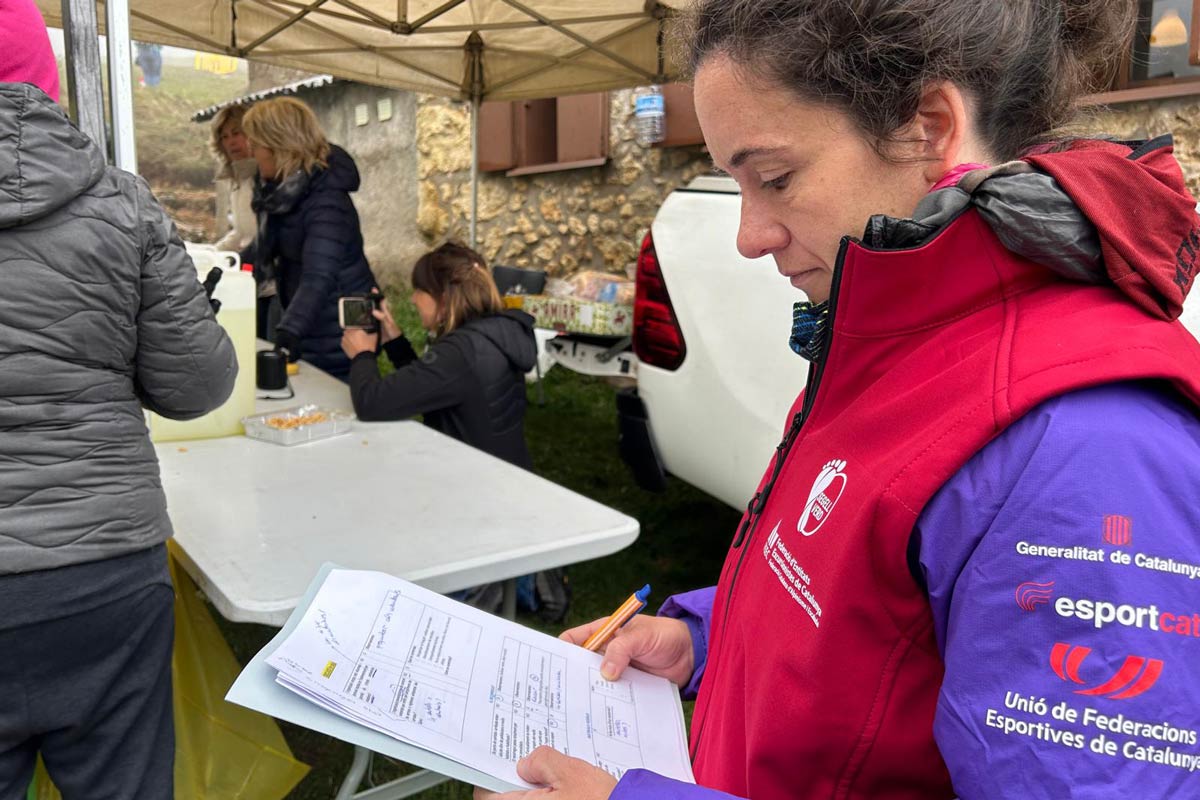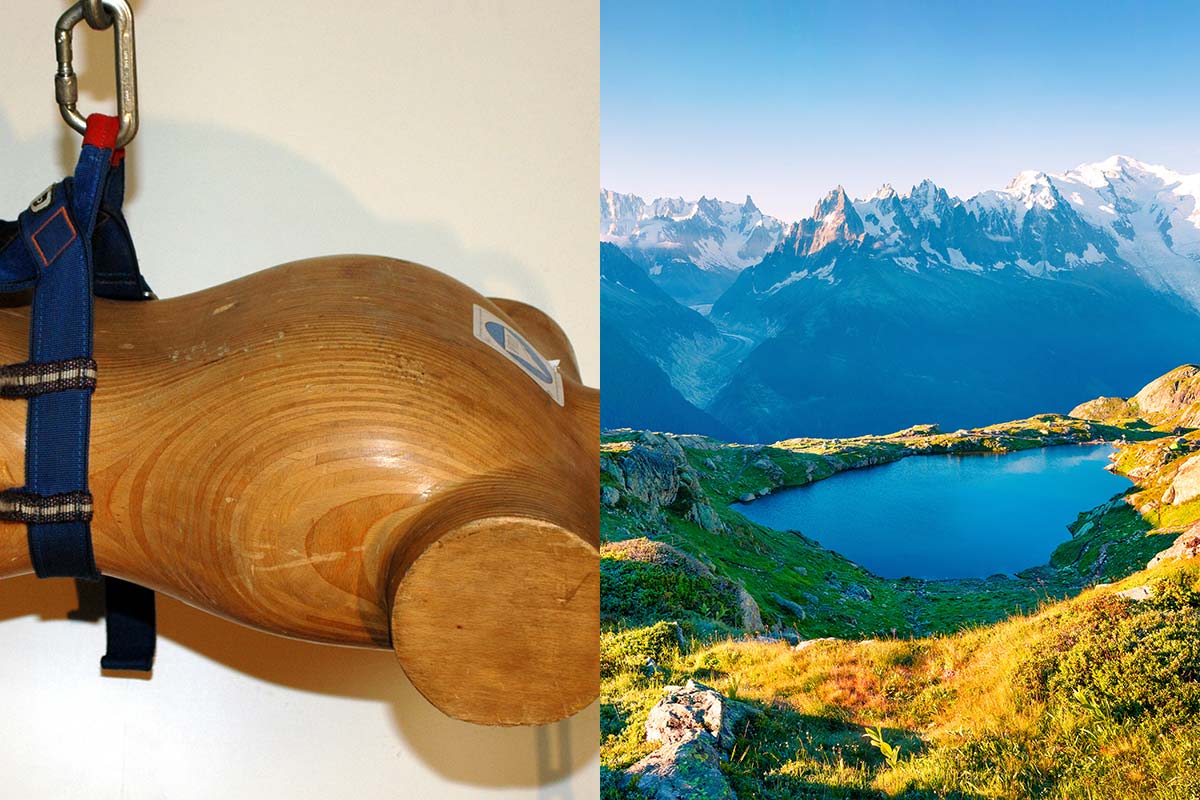OVERVIEW
In order to protect ecosystems and unique biodiversity of the region the I.R. Iran Mountaineering & Sport Climbing Federation (IMSCF) are supporting a project to register the mountainous areas of Tang-Sayad and Sabzkouh as part of the global UNESCO biosphere reserves network. Part of the focus is on uniting ecotourism with mountaineering and rock climbing activities as well as educating and promoting sustainable activities among local communities.
—
Vision, goals and objectives
The first objective (protection of ecosystems and unique biodiversity of the region) was to register this region in the global network of biosphere reserves to protect the biodiversity and valuable habitats of the reserve. Tang Sayad and Sabzkouh biosphere reserve is a mountainous, steep region with many waterfalls, wetlands and springs, and a permanent bed of the Karun River. High altitude range, different geographical directions, abundant water resources, and climatic diversity have created exceptional flora and fauna habitats that need protection.
The second objective: (Sustainable development – economic growth and improvement of livelihood focusing on the participation of local communities and sustainable use of natural resources). Human communities in the reserve and their cultural, agricultural, and animal farming activities are several thousand years old. The existence of mountainous ecosystems and live wetlands and rivers, and unique landscapes have the necessary potential to create sustainable tourism and ecotourism sites. Creating tourism and ecotourism site like sports sites for water sports, mountain biking, mountaineering, rock climbing, aerial sports (kite, gliding, and light aircraft) in collaboration with the General Directorate of Sports and Youth, the Cultural Heritage and Tourism Organization, and private sector investors are the main initiatives of the Second Objective.
The third objective: Education and promotion of sustainable activities among local communities. To improve local livelihoods, providing the necessary training to local communities by considering cultural and indigenous items is essential to improve their livelihood using nature sustainably. Organizing mountain tour guide courses, sports tourism guides for local communities are among the third objective measures.
Expected implementation and outcomes
The initiatives of this project have taken place in three essential steps:
Step 1: Registration of Tang Sayad and Sabzkooh biosphere reserves in the global network of biosphere reserves
Step 2: Development of management plan for the biosphere reserve focusing on sustainable tourism development in the region
Step 3: Implementing and scheduling the management plan for the biosphere reserve
Important measures:
- Holding numerous meetings with stakeholder representatives, including village governors, people’s representatives, associations and representatives of government bodies, and professors and researchers
- Developing a management plan focusing on conservation, participation, and sustainable development in cultural, social, and tourism education fields.
- Improving the livelihood of young people with technical training – skills for young people in beekeeping, fish farming, teaching the principles of nature tourism guide, cultural tourism guide, and sports program guide fields
- Establishing tourism and ecotourism sites and sports sites including water sports, mountain biking, mountaineering, rock climbing, aerial sports (kite, gliding, and semi-light aircraft) in cooperation with the General Directorate of Sports and Youth, Cultural Heritage and Tourism Organization, and private sector investors
- Material and spiritual support of scientific and research projects of college students in biology, culture, and sustainable tourism in the region
- Identifying some of the target villages in sports and cultural tourism and allocating the necessary funds for the implementing approved projects
- Material and spiritual support of non-governmental organisations to inform local communities about the ecosystem services of the region
- Holding training courses for students to get acquainted with the ecosystems of the region and their economic values
Perhaps it can be said that the turning point of this project was the development of a management plan with the participation of local communities for sustainable tourism development in sports, culture, and ecotourism fields.
Climbing, mountaineering or outdoor sport focus
Given that the area in question is one unique mountainous ecosystem that contains various types and a variety of life, considering the natural potentials of the region and the unique landscapes of the reserve area, the context is prepared for ecotourism, geotourism and sports tourism activities.
At present, sports tourism, including mountaineering, valley climbing, rock climbing, caving, and rafting activities in and around the reserve area, can flourish. The locations of some of the activities are as follows:
1. Caving and the reserve area caves
Due to the presence of calcareous formations in the region, erosion, and chemical interactions of lime dissolution, some caves contain many calcareous springs as groundwater reservoirs.
- Jahanbin Cave
- Taboo Cave (Gorz-e-Rostam)
- Baba Heydar Cave
- Kor Ahmad Cave
2. Water sports
The permanent flow of white water in Karun and dozens of other rivers on the one hand and permanent and seasonal springs, wetlands, and lakes, on the other hand, provide favorable conditions for water sports such as boating, water skiing, and rafting.
Ab Sarab Baba Heydar River, Armand River, Bazoft River, Khorsan River, Sabzkouh River, Sarkhon River, Karun River
3. Mountaineering and Valley climbing
Tang Sayad and Sabzkouh biosphere reserve, with its high mountains such as Chiro, kalar, Hezar Darreh, and SabzKouh, hosts many mountaineering groups every year. Also, valleys such as the Zendan valley and other valleys in the Hezardareh region are some of the main areas of valley climbing activities that can be turned into the valley climbing hub of the country by investing enough financial resources.
– Kalar heights are among the heights of Zagros mountain range which extends east-west. Its eastern side starts from Tang Vestgan cape and extends to the western side. The peaks of this mountain range along the north and northwest are Chiro with a height of 3692 meters, Hezarchal 3705 meters, Tang Siah 3935 meters, respectively. Its highest peak is Tang Siah.
– Tang Zendan Valley
The Tang Zendan valley of Sabzkouh is located in one of this province’s highest and roughest mountains between Ardal, Lordegan, and Borujen cities and has natural, rangeland, forest, and mountainous landscapes. Tang Zendan contains a beautiful collection of mountains, waterfalls, water currents, wild plants and wildlife.
Best practices in mountaineering and mountain-based sports for mountain protection
This region has a high potential for sports tourism development due to high rock ecosystems and white water rivers, and unique natural landscapes. Since the occupation of most local communities in this area is animal farming and agriculture, it is possible to promote sports tourism in these areas through well-organized planning and participation of local communities and to help improve the livelihoods of local communities. If the requirements can be provided for sports tourism development, presence of tourists and athletes in this region, it is possible to prevent the growth of false jobs like coal production and sale that cause the destruction of the ecosystem in the region. This region also has a strong cultural identity which is several thousand years old. Traditional agricultural culture, cheese and Gaz production, and handicrafts such as carpet weaving, Glim, and Namad weaving are among the activities still practiced by women and girls in this biosphere reserve villages. We are trying to boost the sport tourism and ecotourism industry in the region to revive cultural rituals and handicrafts that are declining and the region’s intangible heritage such as music and Bakhtiari nomads’ dance and show them to the world by the presence of tourists and athletes.
To discover more about the UIAA Mountain Protection Award please click here.



